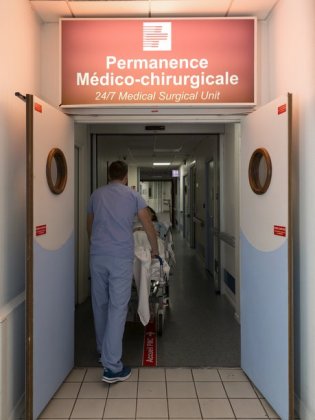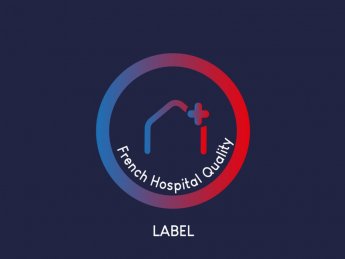What is Venous Thrombosis?
Causes, Symptoms, Diagnosis and Treatment
What is venous thrombosis?
Venous thrombosis, also known as phlebitis, can occur in deep veins (deep vein thrombosis, DVT) or superficial veins (superficial vein thrombosis or superficial thrombophlebitis). Venous thrombosis occurs most frequently in the legs, but can affect veins in any part of the body, including the arms, digestive tract and reproductive organs.
Approximately 100,000 cases of venous thrombosis occur every year in France, and the incidence of this common disorder increases with age.
If left undiagnosed and untreated, the complications can be serious, especially if the blood clot travels to the pulmonary artery. This complication, called pulmonary embolism, kills 10,000 to 20,000 people in France annually.
What are the clinical signs of venous thrombosis?
Symptoms of venous thrombosis in the leg include:
- Pain (most frequent symptom)
- Swelling, sometimes with “shiny” skin in the affected area
- Redness
- In the case of superficial vein thrombosis, hardening of the vein
- Slight fever (38°/C/100.4°F)
Often, patients experience very few symptoms, such as persistent discomfort in the calf.
What are the risk factors of venous thrombosis?
The factors that increase the risk of venous thrombosis include:
- Age
- All types of cancer
- Genetic predispositions that cause the blood to clot more easily, such as thrombophilia, which can be detected with a simple blood test
- Long periods of inactivity, acute medical conditions or major surgery
- Long periods of travel
- Pregnancy, the post-partum period (up to 8 weeks after delivery), and taking a combined oral contraceptive pill
- Chronic inflammatory diseases
- COVID-19 infection
- Obesity
- Varicose veins (for superficial vein thrombosis)
- Family history of thrombosis
- Tobacco use
How is venous thrombosis diagnosed?
Venous thrombosis is suspected when the patient presents symptoms combined with an elevated level of D-dimer in the blood, which indicates a blood clotting condition.
The diagnosis is confirmed with a venous Doppler ultrasound test. At the American Hospital of Paris, our teams can perform these exams on very short notice, and urgently if necessary.
Quel est le traitement de la phlébite ?
To avoid complications, the patient must begin treatment as quickly as possible. An oral or injectable anticoagulant is prescribed to thin the blood and help prevent clots from forming. It is also necessary to wear compression socks.
Our medical teams adapt treatment to each situation (pregnancy, progressive cancer, surgery…) to ensure maximum safety for the patient.
In many cases, the blood clot will dissolve after several weeks or months of treatment.
However, for some patients the clot remains partly or wholly intact, or dissolves but in doing so damages venous function. In these cases, patients may develop post thrombotic (or post phlebitic) syndrome, which manifests through various chronic symptoms such as heaviness in the leg, swelling, or a leg ulcer, which is the most challenging symptom.
The risk of developing post thrombotic syndrome is reduced if the patient begins treatment quickly and receives appropriate follow-up care. If the post thrombotic syndrome persists despite these measures, medical solutions are available to relieve its debilitating symptoms. Leading-edge interventional radiology techniques can also be deployed to open up the blocked veins.
Emergency care
The American Hospital of Paris has a 24/7 medical surgical unit where venous thrombosis can be diagnosed and treated. Venous Doppler ultrasound can be performed at any time.
Our teams will start the patient on the appropriate treatment. During a subsequent vascular medicine consultation, we deliver follow-up care and screen for conditions that may have caused the thrombosis (including family screening when indicated).

Book an appointment with our vascular specialists
Learn more

